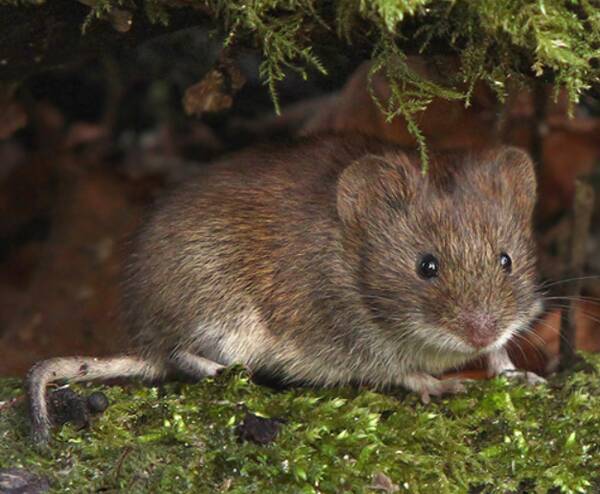
Narrow-headed voles live in groups. They are active mainly during the day, but also at night. They are often dispersed in summer, but gather on sunny slopes and leeward places in autumn and winter. The range of activity is generally no more than 150m. The intensity of activity is related to the temp...
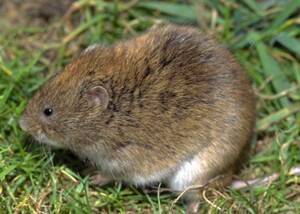
The oriental vole is a typical burrowing type. It does not hibernate and moves out of its burrows day and night. Due to its frequent activities and frequent trips between several groups of burrows, very obvious runways are often formed on the ground. Especially in moss and reed fields, the runways a...
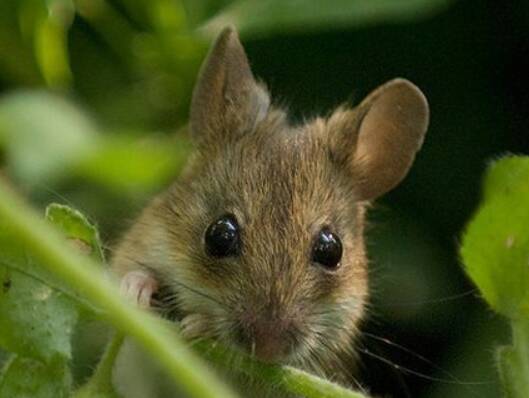
Common voles belong to the subfamily Arvicolinae. There is no dispute about their taxonomic status. However, there are many subspecies, more than 20, which is quite confusing. The one distributed in my country may belong to the Altai subspecies (<M. arvalis obscurus>). It is harmful to farmlan...
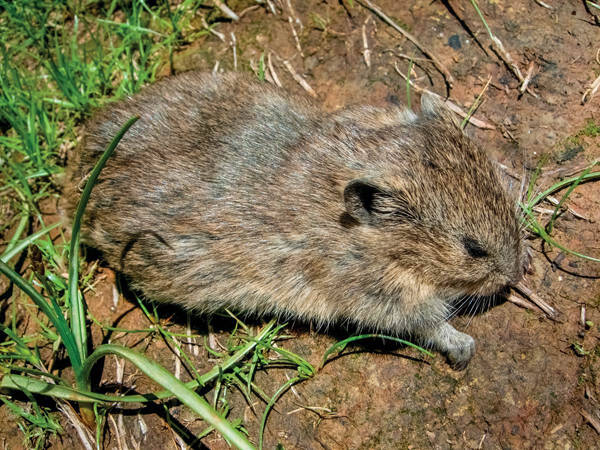
The white-tailed pine vole belongs to the subfamily of voles (Arvicolinae). The previous classification status was very confusing, but Liu Shaoying et al. (2012, 2017) confirmed that it belongs to the genus Arvicolinae through molecular systematic research. This species is distributed at high altitu...

Plateau pine voles belong to the subfamily Arvicolinae. The classification status is stable, and it previously included two subspecies: the nominate subspecies (<N. irene irene>) and the Yunnan subspecies (<N. irene forresti>). In-depth research has found that the Yunnan subspecies of pi...
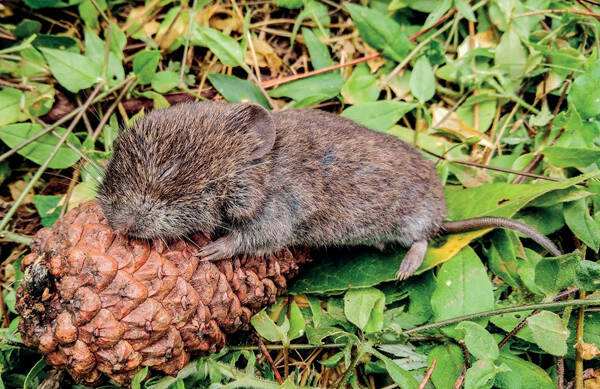
The large woolly rat belongs to the subfamily Arvicolinae. Its classification and identification have long been confusing, and the black-bellied woolly rat (Eothenomys melanogaster) is often included as a subspecies. The identification characteristics are also confusing due to tooth variation. It wa...
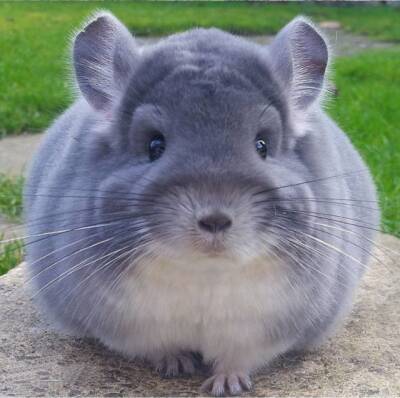
Gansu woolly rat belongs to the subfamily Arvicolinae. Gansu woolly rat and another species Caryomys inez are both members of the genus Caryomys. In molecular systematics, Caryomys and Eothenomys are closely related. Previously, Caryomys was always a subgenus of Eothenomys. Liu Shaoying et al. (2012...
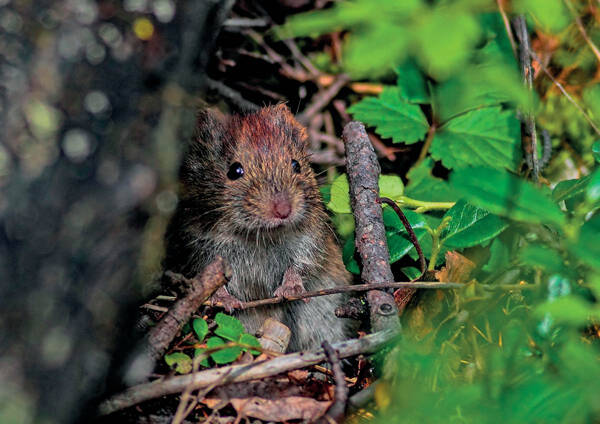
Red-backed voles belong to the subfamily Microtiinae. The species-level classification status is stable, and there are many subspecies differentiations. There are 2 subspecies in China. It is a typical cold-resistant species in the north. The population in meadows and wetlands in coniferous forests...
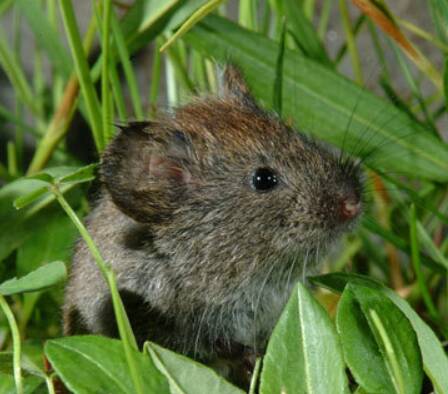
The brown-backed croaker belongs to the subfamily Arvicolinae. The species status is very stable, but the genus status is controversial. The species was named in 1846, and Miller (1900) established the subgenus <Craseomys> and regarded the brown-backed croaker as the only species of the subgen...
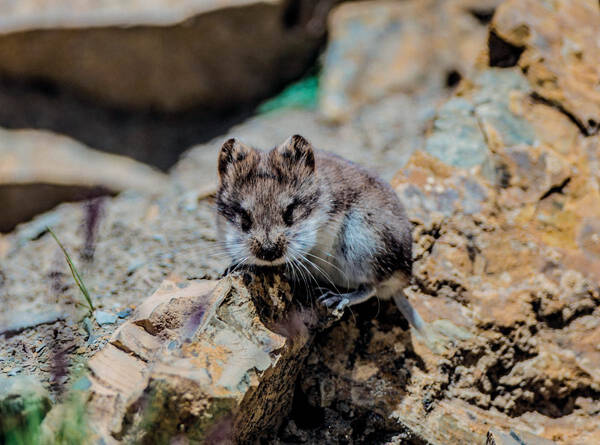
Alticola strachyi belongs to the Arvicolinae subfamily. The type specimen is found in Ladakh, India. There is no controversy about the classification itself, but the type locality of another species: Kumaung Alticola (<Alticola strachyi>) is also in Ladakh. The difference between the two class...
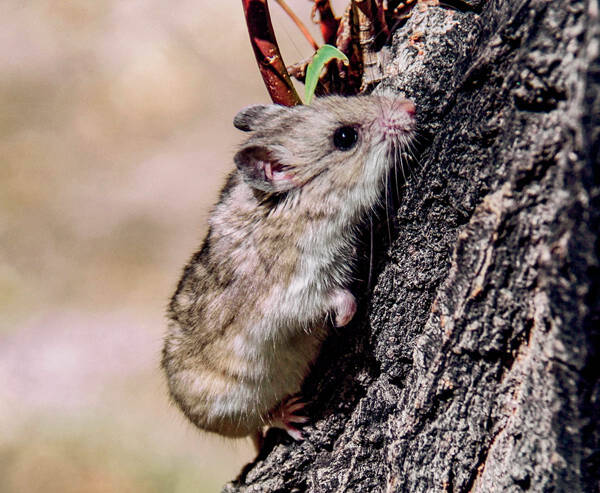
Belongs to the subfamily Arvicolinae. Its taxonomic status is controversial and is generally considered a synonym of Lowe's alpine croaker (<Alticola roylei>). The subspecies classification is also confusing. All species of the genus Alticola have a relatively limited distribution and hars...
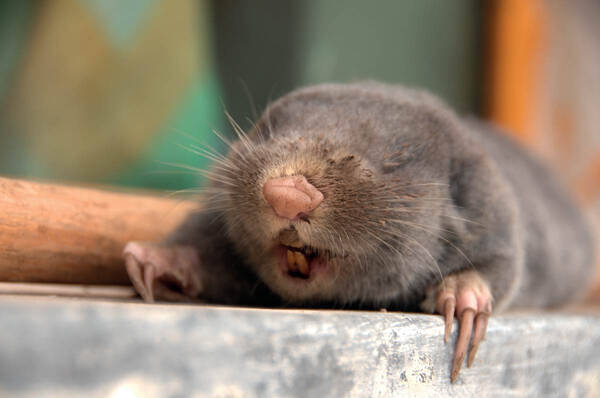
The Stevens's zokor belongs to the subfamily Myospalacinae. The Stevens's zokor is named after the specimen collected from Lintan, Gansu. There was controversy over whether it is an independent species. Sometimes it is regarded as a subspecies of the Qinling zokor (Eospalax rufescens). It ma...
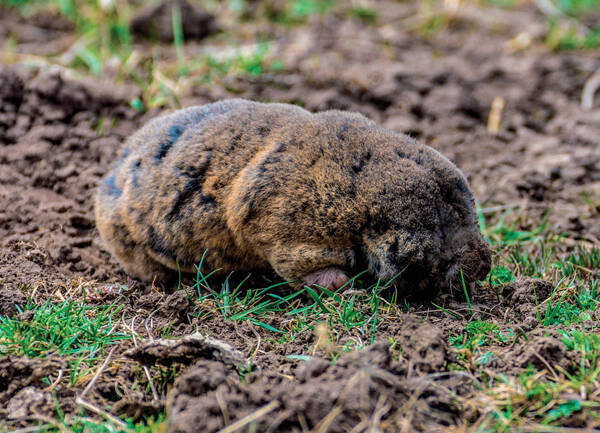
The Chinese zokor belongs to the subfamily Myospalacinae. There is much controversy over its classification. It was previously considered to belong to the family Myospalacinae. Since 1997, a number of molecular biological studies have shown that zokor and bamboo rats, as well as the northern Asian m...
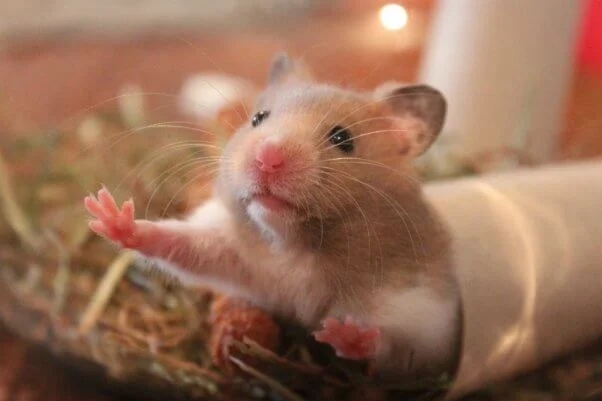
If you’ve recently adopted a hamster or are thinking about getting one, you might be wondering, "How long do hamsters live?" It’s a common question for new hamster owners or anyone considering bringing one of these cute little creatures into their home. Hamsters are popular pets because...
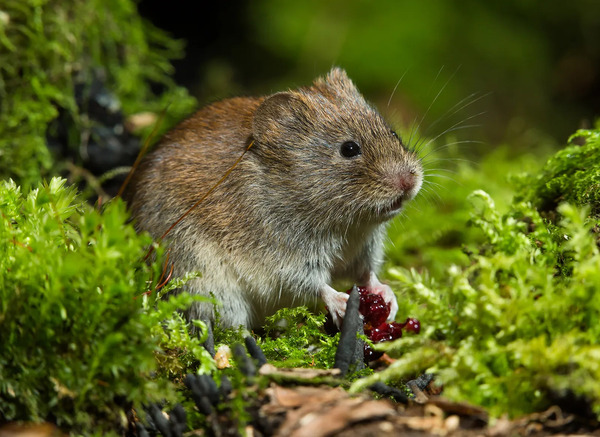
Voles are small, burrowing rodents commonly found in gardens, forests, and agricultural lands. Often mistaken for mice or rats, voles are distinct in both appearance and behavior. This comprehensive guide explores everything about voles—from their habits and habitats to how they impact the environm...
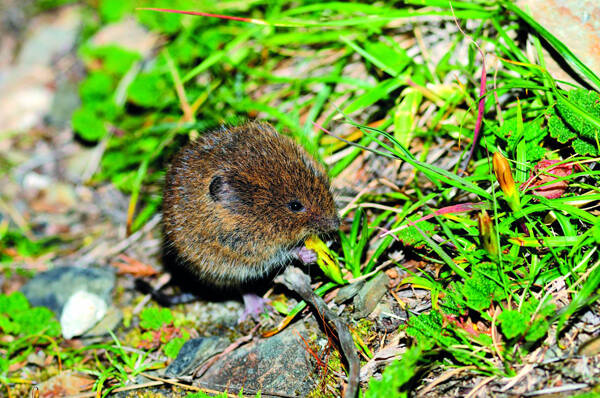
The taxonomic status of Taiwan vole is stable, but the genus-level taxonomic unit has been controversial. Many scientists put this species in the genus Vole, while some scientists have put it in the genus Vole (<Volemys>). Molecular systematic studies have confirmed that this taxonomic unit be...
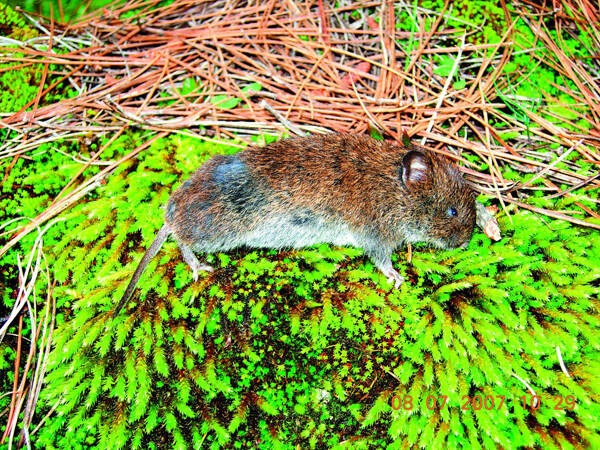
The Lijiang woolly mouse belongs to the genus Eothenomys. The species status is unstable and controversial. The type locality is Lijiang, Yunnan. Some scientists regard it as a synonym of the black-bellied woolly mouse (<Eothenomys melanogaster>), and some scientists regard it as a synonym of...

Asbestos woolly rat is a new species published by Liu Shaoying et al. in 2018, and its type locality is located in Shimian County, Sichuan. In the phylogenetic tree constructed based on the mitochondrial genome, asbestos woolly rat and Kachin woolly rat constitute sister groups, and in the phylogene...
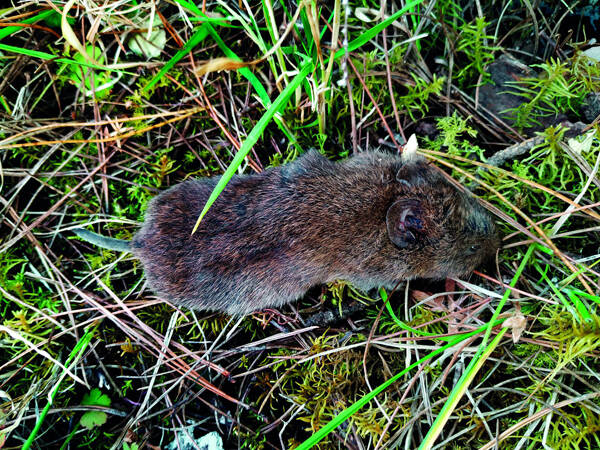
The southwestern woolly rat belongs to the subgenus <Anteliomys> of the genus <Anteliomys>, and its species-level status is stable. There are currently 4 subspecies under the species, all distributed in Yunnan. The nominate subspecies <E. c. custos> (Thomas, 1912), the type localit...
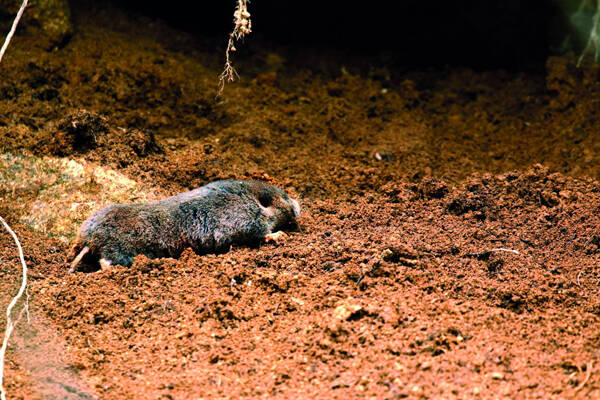
The classification status of Qinling zokor at both genus and species levels is controversial. At the genus level, some scholars regard it as the subgenus Myospalax of the genus Myospalax, while some believe that the subgenus Myospalax is an independent genus. At the species level, many people regard...